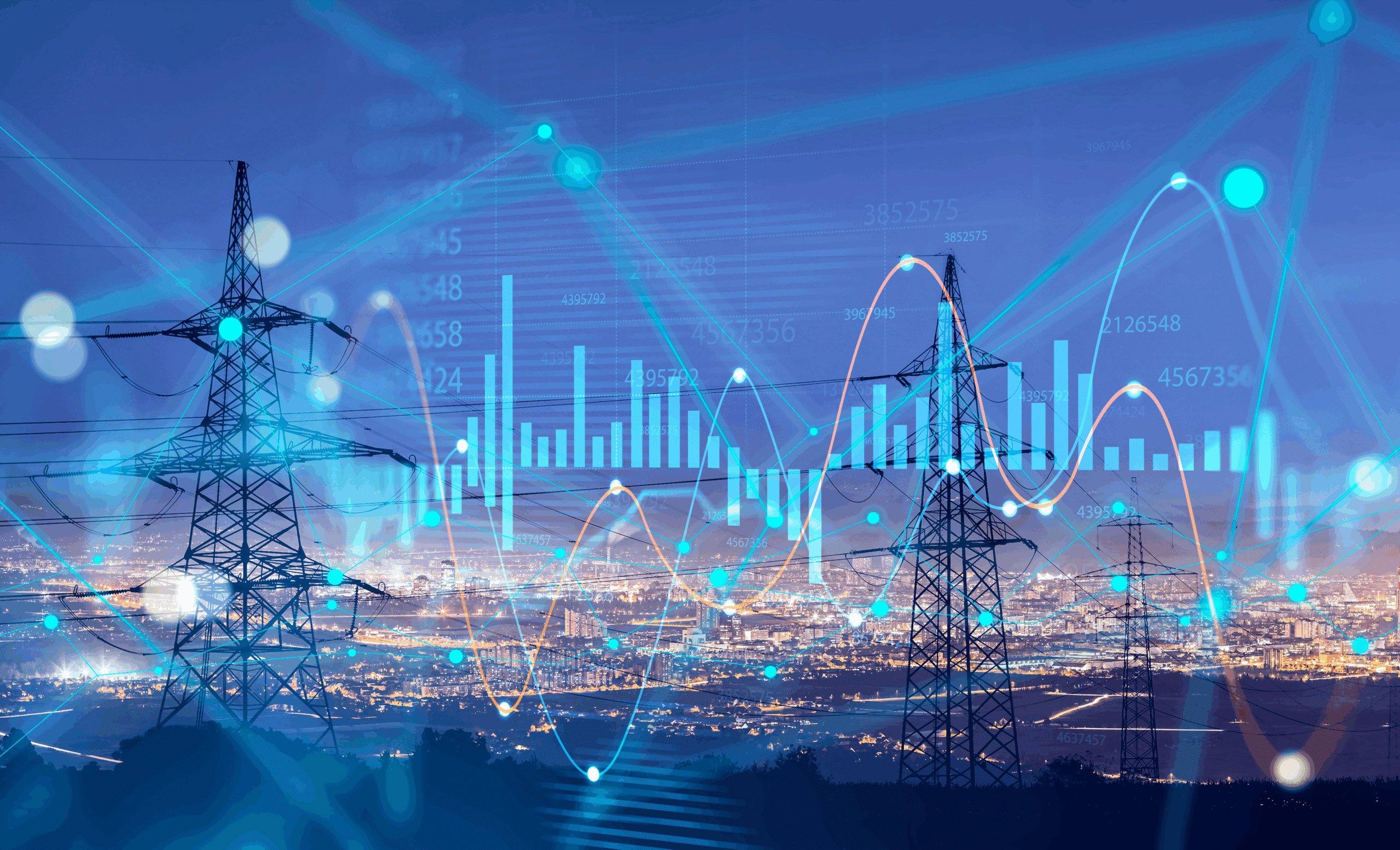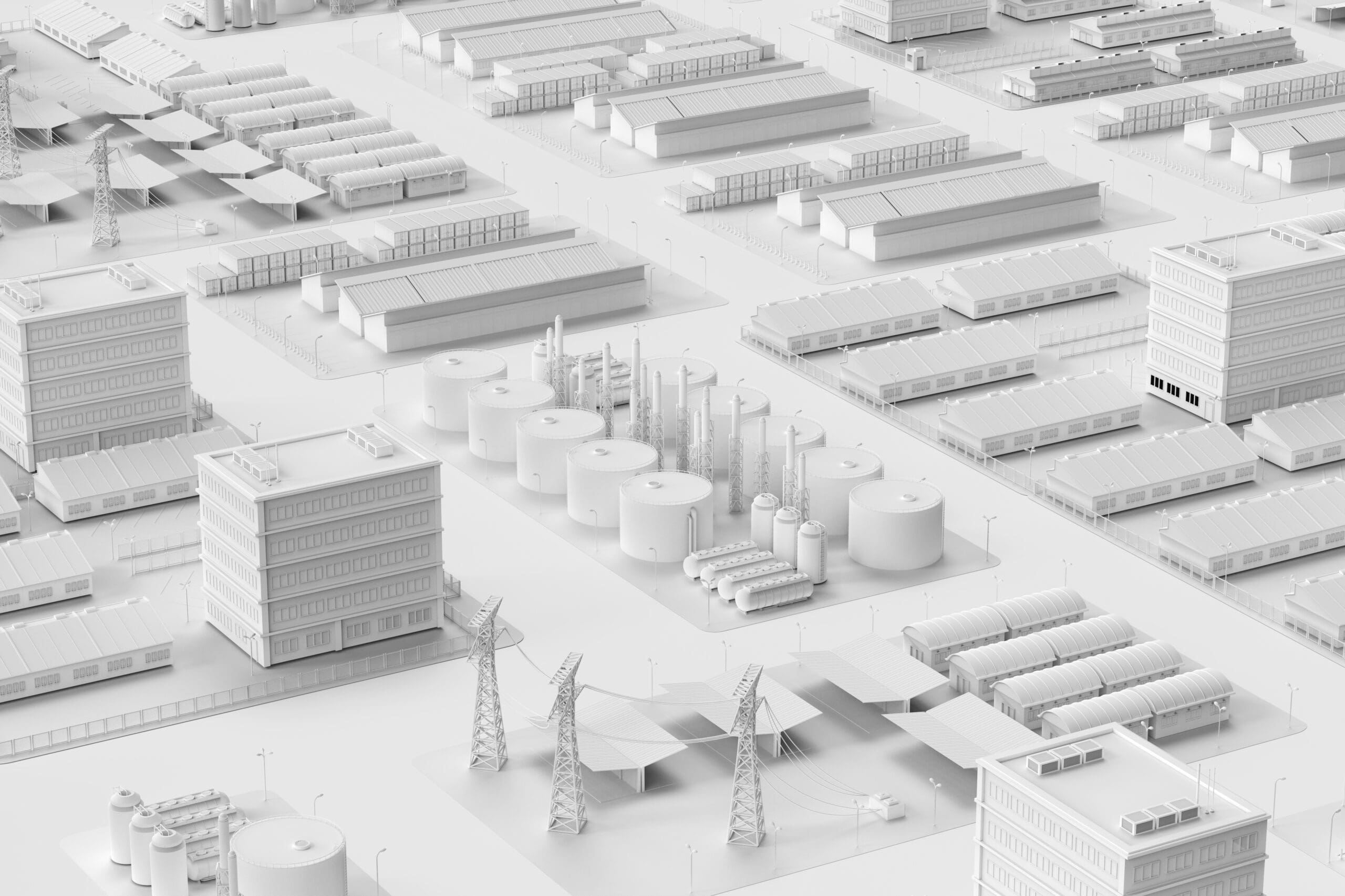Utilities across the globe face significant challenges as they work to maintain regulatory compliance and achieve the operational excellence required to provide safe, reliable power in a volatile world. In Australia and New Zealand, electric and gas utilities must comply with a wide range of regulations that impact asset management, while evolving to meet aggressive climate change goals. The right technology can help leading utilities achieve both objectives.
Utilities Face a Demanding Regulatory Landscape
A complex web of regulations that impact safety, operations, and environmental protection all greatly influence how utilities in Australia and New Zealand manage field assets.
- The Australian Energy Regulator (AER) guidelines cover various operational issues that impact electric utility asset management—from network reliability, efficiency, and performance, to pricing, revenue, and consumer protection.
- The New Zealand Electricity Authority Regulations serve a similar purpose, providing guidance on grid reliability standards, establishing protocols for outage reporting and management, requiring asset management plan disclosure, and establishing an Electric Industry Participation Code.
- On the safety front, AS 5577 sets electricity network safety management system requirements designed to ensure the safe design, construction, commissioning, operation, maintenance, and decommissioning of utility networks. The standard spans a range of requirements, from maintaining assets to ensure network integrity to using proactive vegetation management to mitigate brushfire risk. Similarly, NZS 7901 provides guidance on safety management systems for electric and gas utilities in New Zealand, with the goal of protecting residents and their properties.
- For gas utilities, AS/NZS 4645 aims to ensure gas distribution networks operate safely and reliably by providing a risk-based framework for network management and requirements that span the network’s lifecycle, including design, materials, construction, testing, and commissioning. AS 2885 sets safety standards specific to pipeline design, construction, inspection, testing, operation, and maintenance.
- The New Zealand Gas (Safety and Measurement) Regulations 2010 focuses on the safety of gas distribution systems, gas at the point of supply to consumers, and gas installations, as well as odorization and pressure management.
Along with meeting Trans-Tasman utility standards, Australian and New Zealand energy regulations, and the requirements of the Regulatory Compliance Mark (RCM), utilities in these regions are evolving to attain climate change goals. With both the Australian and New Zealand governments setting a target of net zero emissions by 2050, utilities are transforming rapidly to ensure a smooth transition. Whether they’re undertaking renewable energy projects, implementing carbon capture initiatives, or supporting the demand for electric vehicle charging, they’re adapting their operations in ways that will demand more effective field asset management, better leak detection and repair approaches, and more sustainable pipeline management.
In addition to complying with these regulations, utilities in Australia and New Zealand are continually measuring their effectiveness against industry-standard reliability metrics to ensure optimal uptime and superior service. These metrics include the System Average Interruption Duration Index (SAIDI), which measures the number of hours an average customer experiences non-momentary power interruptions over the course of a year, and the System Average Interruption Frequency Index (SAIFI), which measures power interruption frequency.
Asset Management is Further Taxed in an Evolving Industry
Beyond complying with numerous regulatory requirements and meeting industry reliability standards, utilities in Australia and New Zealand are battling other obstacles that make asset lifecycle management more critical, yet more challenging.
- Aging infrastructure creates financial and operational demands, including the need to invest in and prioritize asset maintenance and replacement and to deploy effective strategies that balance asset life extension with high performance.
- Renewable energy demand is forcing utilities to modernize the grid to accommodate bidirectional power flows from clean energy sources, and to improve energy demand forecasting and load management.
- Cybersecurity risks continue to grow as a smarter grid makes utilities more vulnerable to attack, requiring investments in better infrastructure protection, data privacy compliance approaches, and cyberattack response and reporting mechanisms.
A Digitized Field Service Management Platform Addresses These Challenges
As electric and gas utilities in Australia and New Zealand grapple with the difficulties of complying with stringent regulations governing safety, reliability, and environmental protection, improving field asset management becomes a must. A modern, map-first field service management platform can help utilities meet rigorous regulatory requirements while achieving the operational excellence it takes to thrive in an evolving environment.
The following asset management system capabilities greatly simplify the many operational tasks involved in maintaining compliance:
- Geospatial Asset Tracking. It takes accurate tracking and traceability to comply with mandated reporting requirements. A modern field workforce management solution with digital as-built capabilities enables utilities to gain real-time visibility into their assets network-wide, deliver the necessary attribute management documentation, and maintain a complete audit trail of historical asset information.
- Real-time Data Synchronization. Accurate data is critical to demonstrating compliance, yet most utilities use multiple, disparate systems that complicate data management. The right asset management solution shares GIS and other data across multiple applications in real time, notifies operations staff of potential regulatory issues, and automates compliance reporting—improving efficiency while ensuring data integrity. Additionally, a data migration tool like EpochSync Pro enables utilities to overcome the hurdles of getting GIS data into the correct format, so they can leverage the benefits of GIS technology using platforms like the Esri ArcGIS Utility Network. EpochSync Pro seamlessly synchronizes data bidirectionally and accurately between Smallworld Version Managed Data Stores and Esri ArcGIS Enterprise Geodatabases.
- Regulatory Updates and Guidance. A vendor that provides a modern asset management platform will monitor the landscape for regulatory changes and update the system as needed, relieving the burden from the utility’s staff. The vendor will also offer compliance best practices gleaned across many similar organizations.
While regulatory compliance is a chief objective for utilities in Australia and New Zealand, it’s equally important to leverage technology that positions the organization to evolve in response to new demands. Utilities are discovering that a modern field asset management platform can help them future-proof their operations, gain agility, and improve efficiency. Capabilities like the following are must-haves for utilities committed to these goals:
- Mobile Functionality. Today’s mobile utility workforce needs robust, easy-to-use applications that streamline asset inspection, maintenance, and repair. A map-centric asset management system provides mobile apps and digital forms that speed and simplify tasks, with offline capabilities that ensure the solution is always accessible and the work continues uninterrupted.
- Predictive Maintenance Analytics. A digitized asset management system helps keep utilities operating reliably by using advanced analytics to predict asset failures, optimize maintenance, and inform strategies for reducing risk.
- Features that Improve Grid Resilience and Reliability. With climate-related risks on the rise, utilities need a field service management platform that improves infrastructure reliability and resilience in the face of frequent and severe storms, droughts, and other extreme weather. A solution that integrates distributed energy resources, enhances outage management, and speeds outage response is invaluable in this environment.
EpochField: The Solution of Choice for Utilities in Australia and New Zealand
As electric and gas utilities in Australia and New Zealand grapple with complex regulations, stringent climate change mandates, and numerous operational challenges, they recognize that the right technology will position them to meet the demands effectively. Many are finding the solution in EpochField.
EpochField is a map-centric, geospatial-based platform that provides the robust capabilities a utility needs to stay compliant and resilient, deliver power reliably and safely, and meet the growing demand for sustainable power. This scalable, configurable solution provides real-time asset visibility, streamlines field operations, simplifies data management, and improves staff efficiency, while making it easier to maintain compliance amidst a complicated regulatory landscape.
EpochField is the flagship product of Epoch Solutions Group, dedicated to equipping utilities to achieve operational excellence, sustainable growth, and regulatory compliance. We become a true partner to your business, combining our deep utility industry expertise with an innovative, purpose-built solution that meets the demands of electric and gas utilities.
When you choose EpochField, you gain both a solution and a partner that will help your utility meet today’s regulatory and operational challenges and keep you agile and prepared to tackle whatever tomorrow brings.
Contact an Epoch sales consultant to learn how our field service management solution can help your utility maintain compliance and achieve operational excellence. Or visit our Utility Operations Resource Center for insights and resources from the utility experts at Epoch Solutions Group.
Australia and New Zealand Regulations
Standards like AS 5577, AS/NZS 4645, and NZS 7901 define safety, reliability, and environmental protocols for field operations.
A modern field management platform like EpochField supports both by improving visibility, predictive maintenance, and streamlined documentation.
GIS-integrated workforce platforms help schedule inspections, respond faster, and monitor real-time asset conditions to reduce outages.
It enables proactive maintenance, mobile inspections, and regulatory reporting—all essential for net-zero emissions goals.
It ensures accurate reporting and operational awareness, allowing utilities to act quickly and align with evolving safety rules.





